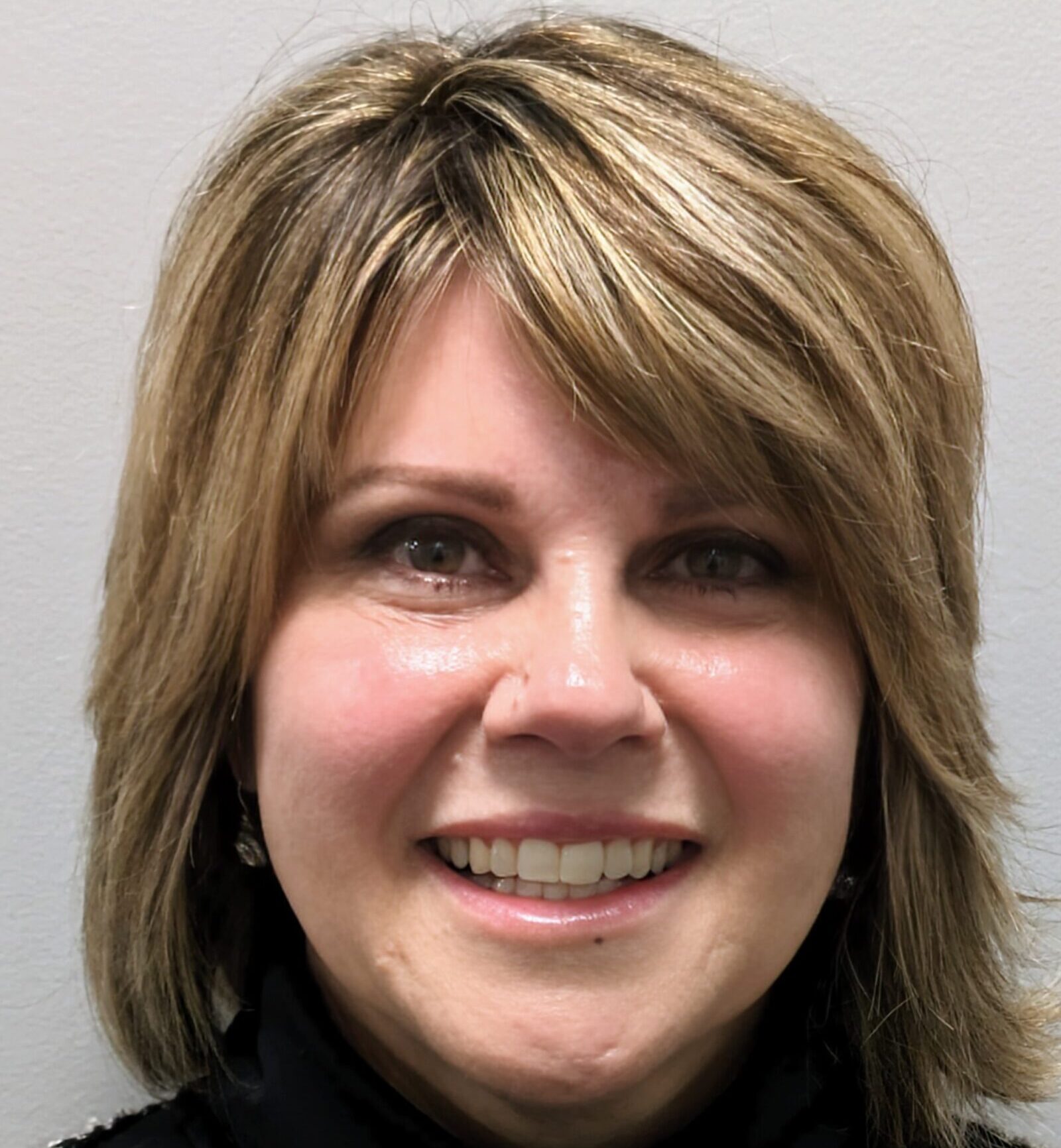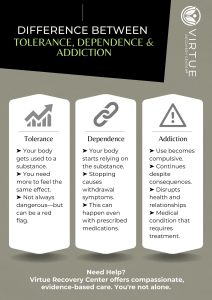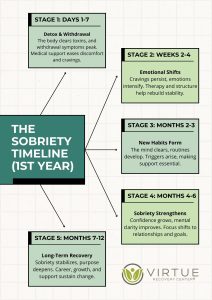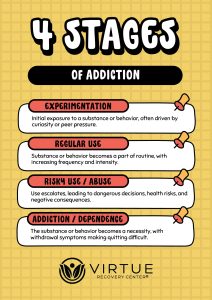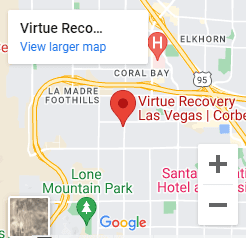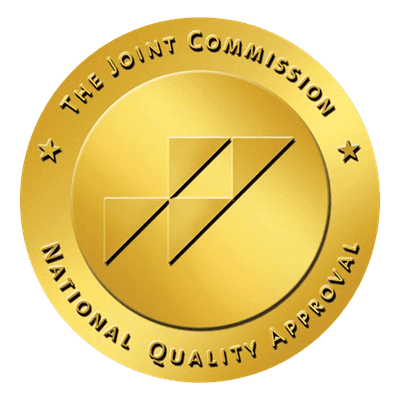Key Takeaways
- Substance use disorder (SUD) affects millions of people in the U.S. annually, with only a small percentage receiving treatment.
- Recovery is achievable, as evidenced by the 23.5 million adults in recovery from drug or alcohol addiction.
- Understanding the statistics surrounding addiction highlights the urgency of bridging treatment gaps and supporting recovery.
Introduction
Substance abuse is a pervasive issue that affects individuals, families, and communities across the United States. From alcohol use to opioid addiction, millions struggle with substance use disorders (SUD), often without access to the treatment they need.
Despite the challenges, recovery is possible with the proper support. By examining addiction statistics, we can better understand the scope of the problem and the importance of comprehensive addiction treatment programs.
Prevalence of Substance Use Disorder
Substance use disorder is alarmingly common in the U.S., affecting individuals of all ages and backgrounds.
Key Statistics on Addiction
- In 2021, an estimated 46.3 million people aged 12 or older had a substance use disorder (SUD).
- Alcohol use disorders impact 23.6 million Americans, yet only 7.7% of those affected seek treatment.
- Non-medical use of prescription drugs is another significant issue, with 48 million people engaging in misuse.
The Opioid Addiction Epidemic
The opioid crisis remains a pressing concern. In 2012 alone, 2.6 million Americans had an opioid addiction, and rates have continued to rise. Opioids, including prescription painkillers and heroin, account for a substantial portion of addiction-related deaths in the U.S.
Understanding Risk Factors For Drug Addiction & Alcohol Addiction
Genetics, mental health conditions, and environmental stressors influence addiction. While anyone can develop an SUD, certain factors increase vulnerability, such as exposure to trauma or early substance use.
The Treatment Gap For Substance Abuse & Mental Health Treatment
Despite the prevalence of SUD, only a tiny percentage of individuals receive the care they need.
Limited Access to Care For Drug Abuse Treatment
Only 11.2% of those with a substance use disorder receive specialized treatment at a qualified facility. Barriers to treatment include:
- The stigma surrounding addiction.
- Lack of awareness about treatment options.
- Financial or logistical constraints.
The Importance of Specialized Care to Recover From Addiction
Addiction treatment requires a tailored approach, addressing not just substance use but also underlying mental health conditions. Comprehensive programs that combine therapy, medical care, and support services are most effective in promoting recovery.
Closing the Gap For Treating Addiction in America
Expanding access to treatment facilities and educating the public about addiction can help close this treatment gap. Community outreach programs and initiatives to reduce stigma are vital in ensuring that more individuals seek and receive help.
Recovery Is Possible – Find Addiction Treatment Near You
The journey to recovery is challenging, but millions have proven it is achievable with the right support.
Addiction Recovery Statistics by the Numbers
Approximately 23.5 million U.S. adults—about 10% of the population—are in recovery from drug or alcohol addiction. These individuals demonstrate the effectiveness of treatment and the resilience of the human spirit.
Practical Treatment Approaches For Addiction Treatment Success
Successful recovery often involves:
- Inpatient or Residential Treatment: Structured environments for intensive care and support.
- Outpatient Programs: Flexible options for individuals with work or family commitments.
- Medication-Assisted Treatment (MAT): Using medications like Suboxone to reduce cravings and withdrawal symptoms.
Ongoing Support From Your Addiction Treatment Provider
Recovery doesn’t end after treatment. Continuing care, such as counseling, support groups, and sober living homes, helps individuals maintain long-term sobriety.
The Economic Impact of Drug Use and Addiction
Substance abuse isn’t just a personal struggle—it’s a national crisis with far-reaching economic consequences.
Financial Burden on Society
- Addiction costs the U.S. economy over $400 billion annually in healthcare, lost productivity, and criminal justice expenses.
- Untreated addiction places significant strain on public health systems, law enforcement, and social services.
Cost-Effectiveness of Drug & Alcohol Rehab Treatment Center
Investing in addiction treatment yields significant societal benefits:
- Reduces healthcare costs associated with emergency care and hospitalizations.
- Decreases crime rates linked to substance abuse.
- It improves workplace productivity by helping individuals return to stable employment.
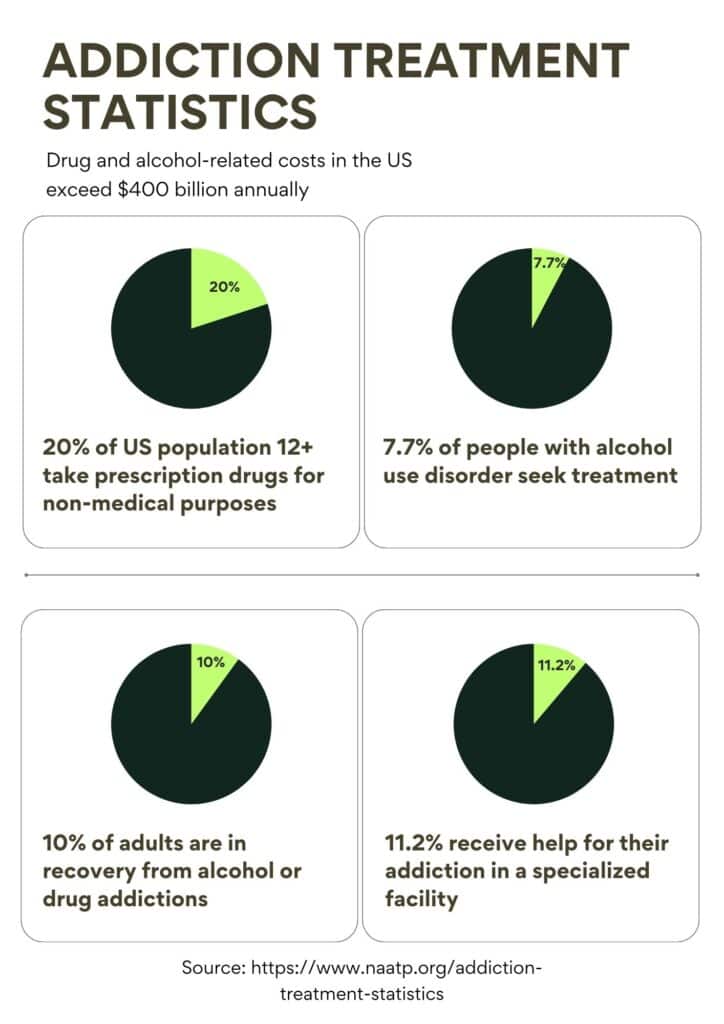
Conclusion
Addiction statistics paint a sobering picture of a widespread issue. Millions of people are affected by substance use disorders, yet far too few receive the treatment they need. However, recovery is possible with the proper support, and every effort to bridge the treatment gap saves lives.
If you or someone you love is struggling with addiction, help is available. Call Virtue Recovery Center at 866-520-2861 to learn about effective treatment options and take the first step toward lasting recovery.
FAQs About Addiction Statistics & Recovery Research
What Percentage of People Struggle with Substance Use Disorders?
In 2021, approximately 46.3 million people aged 12 or older in the U.S. had a substance use disorder.
Why Do Many People Not Receive Addiction Treatment?
Stigma, lack of awareness, and financial constraints prevent many from seeking help.
How Many People Are in Recovery from Addiction?
About 23.5 million U.S. adults, or 10% of the population, are currently in recovery from drug or alcohol addiction.
What Is the Economic Impact of Addiction?
Addiction costs the U.S. economy over $400 billion annually in healthcare expenses, lost productivity, and criminal justice involvement.
How Can I Find a Treatment Program?
Contact specialized treatment centers like Virtue Recovery Center for tailored support and care.
What is Most Effective in Treating Addiction?
The most effective addiction treatments combine behavioral therapies, such as Cognitive Behavioral Therapy (CBT), with medication when appropriate. Personalized care plans addressing the individual’s specific needs, including co-occurring mental health conditions, increase the likelihood of long-term recovery. Support systems and aftercare programs are also critical for sustained success.
How Effective is The Substance Abuse Prevention Programs?
Substance abuse prevention programs can be highly effective when they address risk factors such as peer pressure and early exposure to drugs. Evidence-based approaches like education, community involvement, and skill-building reduce substance use, particularly among youth. Their success often depends on consistent implementation and community engagement.
Why Don’t People Seek Treatment For Addiction?
Many people avoid seeking treatment due to stigma, fear of judgment, or denial of their addiction’s severity. Others face barriers like cost, lack of insurance, or difficulty accessing treatment facilities. Educating communities and reducing stigma can encourage more individuals to pursue help.
Can Addiction Be Cured?
Addiction is a chronic condition, and while it cannot be “cured,” it can be effectively managed. Recovery involves learning to live without substance use through treatment, therapy, and ongoing support. With commitment and professional care, individuals can lead fulfilling, substance-free lives.
Does Insurance Cover Addiction Rehab?
Many insurance plans cover addiction treatment services, including private and public options like Medicaid. Coverage typically includes detox, inpatient rehab, outpatient programs, and counseling, though benefits vary by provider. It’s essential to verify coverage details with your insurer or treatment center.
Does Relapse to Drug Use Mean Treatment Has Failed?
Relapse does not mean treatment has failed; it’s often a part of the recovery process. Addiction is a chronic disease, and relapse indicates the need for adjustments to the treatment plan. Ongoing support, therapy, and changes in coping strategies can help individuals regain progress and continue on their recovery journey.
How Does Nutrition Contribute to Substance Abuse Addiction Treatment Statistics?
Nutrition’s role in supporting substance abuse is crucial in addiction treatment statistics. A well-balanced diet can help restore the body’s natural systems, replenish essential nutrients, and improve overall mental and physical health. This can aid in the recovery process and reduce the risk of relapse for individuals struggling with substance abuse.
Resources
https://www.naatp.org/addiction-treatment-statistics
https://nida.nih.gov/research-topics/trends-statistics


